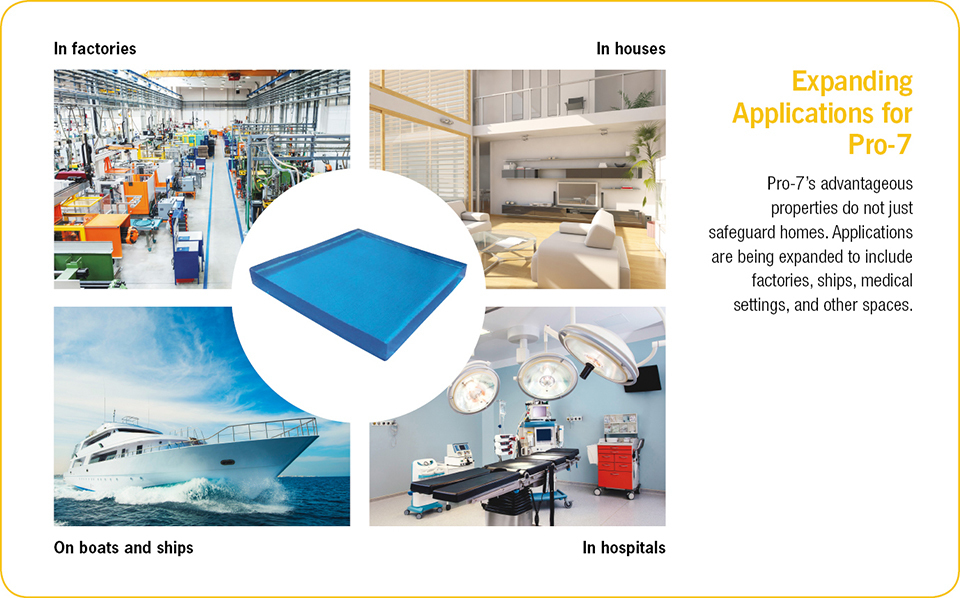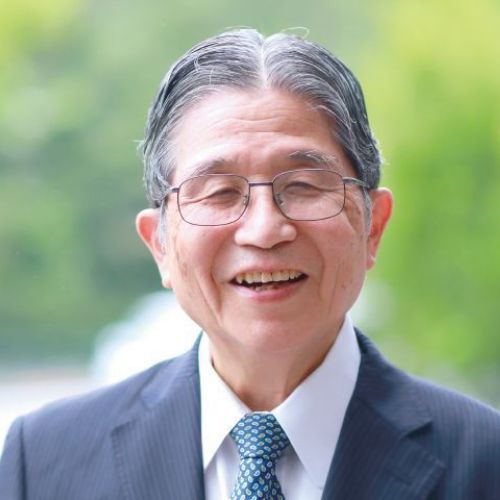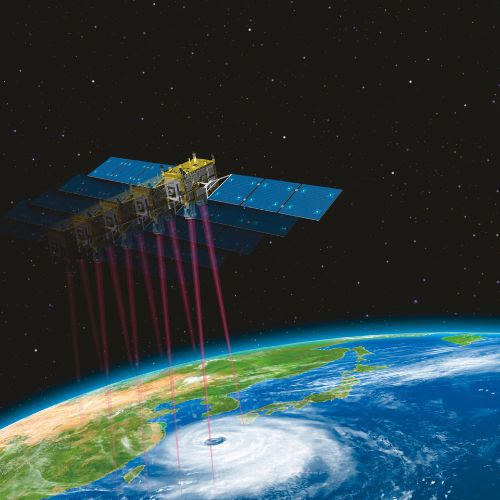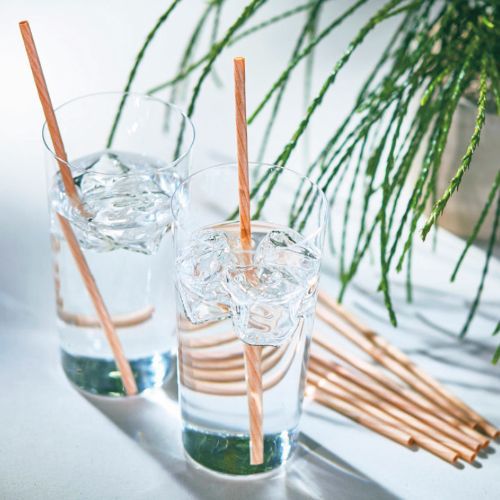A tenacious Japanese entrepreneur, five years after losing a friend during the giant earthquake that struck Kobe and vicinity in 1995, develops an innovative gel pad that resists seismic shocks
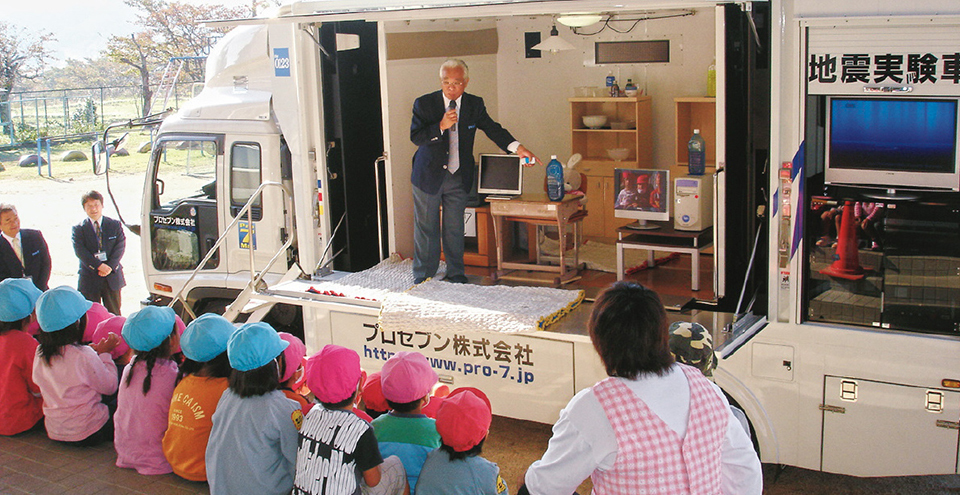
Kodama developed earthquake test vehicles that are being used to demonstrate the effect of the gel pad at disaster awareness events.
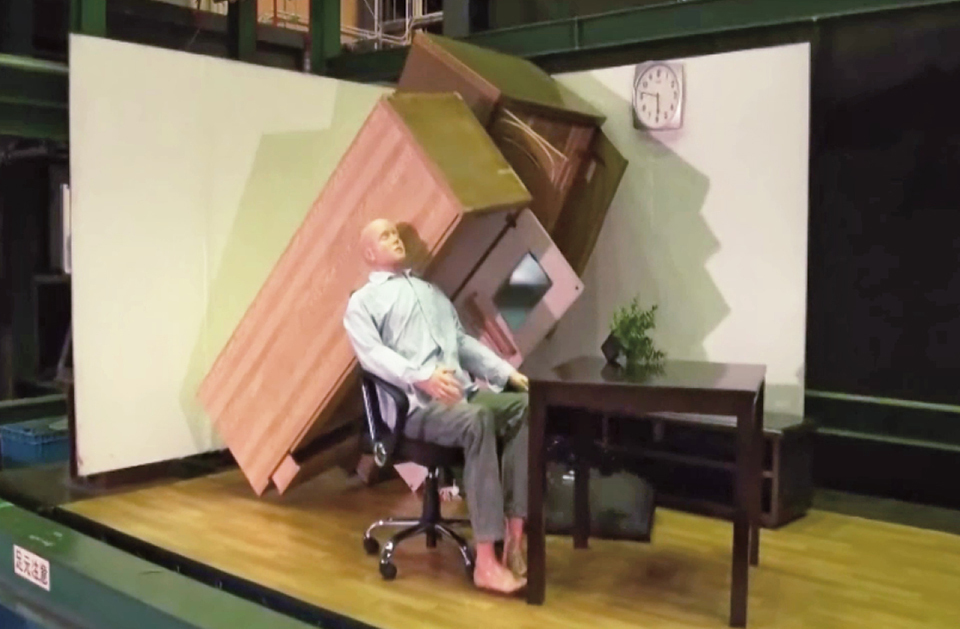
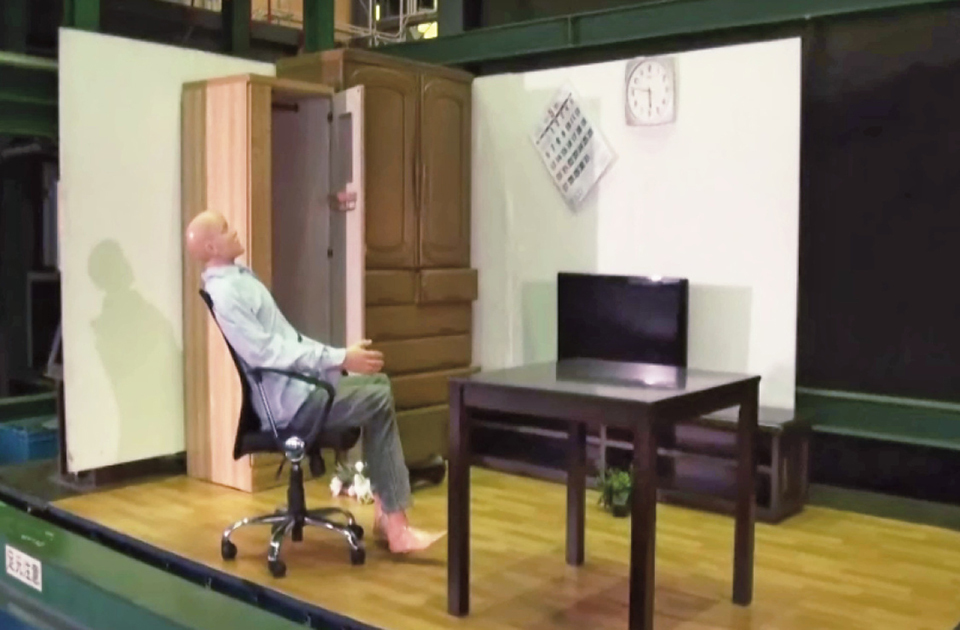
The two photos demonstrate the contrast between not using Pro-7 (top) and using it (bottom).
During the frequent large-scale earthquakes that have occurred around the world, many lives have been lost by heavy items such as furniture toppling over. In order to prevent those unfortunate deaths, a small business has utilized innovative technology to develop a product so that furniture will not fly about dangerously even when shaken at a seismic intensity of level 7 (the highest level set by the Japan Meteorological Agency).
“In an age when people can go to the moon in rockets, I could not accept someone dying through being hit by a tansu (traditional storage cabinet).” Seizo Kodama, the chairman and founder of Proseven Co., Ltd., recalls. During the giant earthquake that struck Kobe and vicinity in 1995 (maximum intensity of level 7), a close friend of his died after being struck by a tansu that literally “flew across the room” while he slept. Kodama promised his friend's children, “I will definitely find a way to prevent tansu from flying across rooms.”
He then began to look throughout the world for a product that would prevent furniture from falling, but could not find anything that could withstand earthquake tremors. “To keep my promise to his children, my only choice was to make something myself.” With that in mind, Kodama started his own research project to develop new material. Selling off his personal assets, his development expenses had reached almost 200 million yen (1.8 million dollars) when the turning point came. One day, while lifting up a cup of hot sake, he noticed that the saucer underneath remained attached to it. “Eureka! I've got it!” Hot sake had spilled onto the cold saucer, creating a temperature difference that generated an adhesive force (intermolecular force). He immediately began testing new chemical compounds under conditions of carefully controlled temperature, and succeeded in developing a new material that could withstand tremors of intensity level 7. A full five years had already passed since he had started his project.
The newly developed material had excellent adhesive strength that resisted momentary vibrations, yet could also be peeled away neatly without damaging the adhesive surface. That combination of two apparently contradictory properties allows it to be used repeatedly. The “miraculous new material” could only have been developed by a small or medium company, because such a company has the flexibility, whenever new ideas emerge, to promptly test them out—in this case, to exhaustively test every possible combination of chemical substances—and then translate the findings into a commercially feasible product.
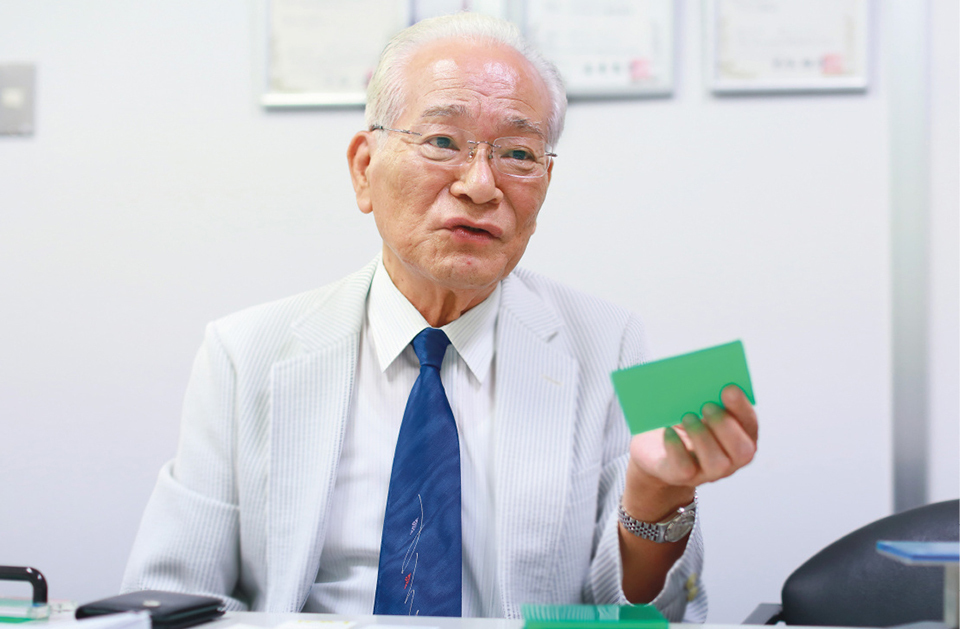
Seizo Kodama, was born in Hiroshima, Japan, in 1942. After gaining sales experience in cosmetics and electrical appliances, he took over the family business of kimono production and wholesaling. The experience of losing a friend in an earthquake prompted him to develop an earthquake-resistant pad and establish Proseven Co., Ltd. The name “Pro-7” refers to “professional plus seismic intensity 7.”
Having depleted his funds during the product's development, Kodama's lack of resources available to promote sales worried him. Fortunately, he started a cooperative effort with a large relocation service company, and customers who used the gel pads in their new locations were pleased with the result. Favorable reports began to circulate, and sales took off. Now, whenever a large earthquake occurs, he often hears appreciative remarks, “Thanks to Pro-7, none of my furniture fell over.” Without question, that helps achieve one of the Sustainable Development Goals (SDGs), to reduce mortality and the number of people affected by disasters.
In addition to earthquake resistance, its other advantageous properties include superior shock absorption and acoustic insulation, which expand the range of its applications beyond the home. It is now being used in the factories of major automobile manufacturers and at university research facilities, and recently there have been many inquiries from hospitals where a need for securely attached medical devices is foreseen. What originally stimulated Kodama to create products was his strong desire to prevent people from suffering because of an earthquake. He hopes to continue developing the product in the future, to save the lives of as many people as possible.
